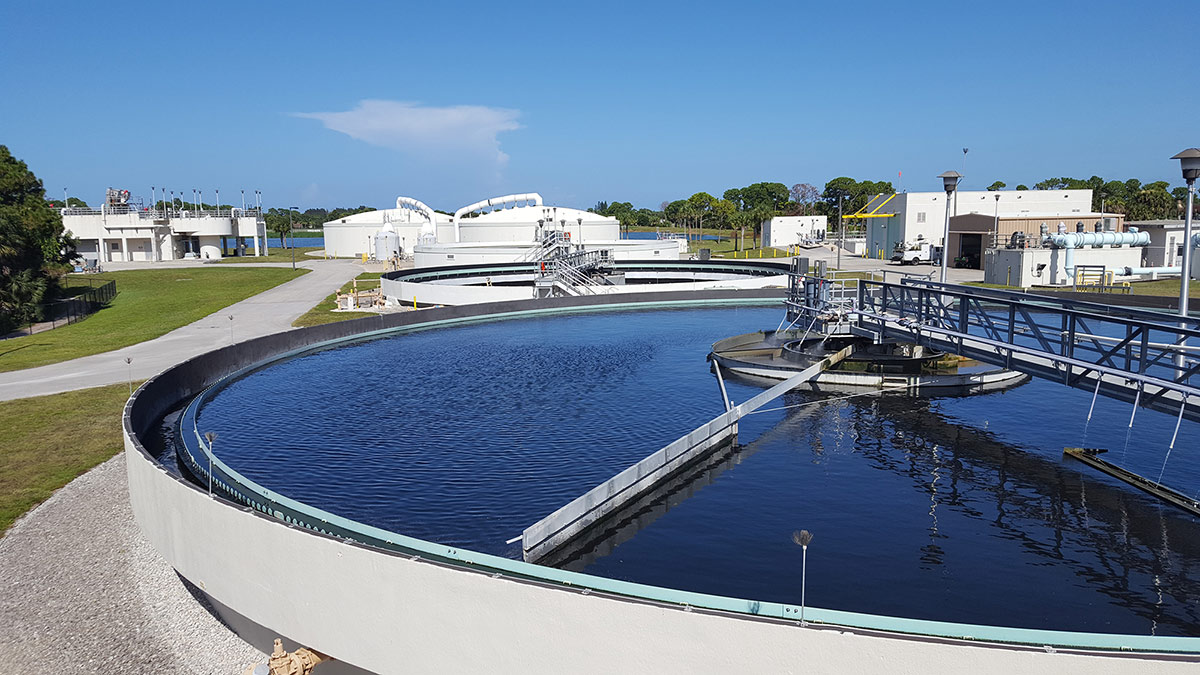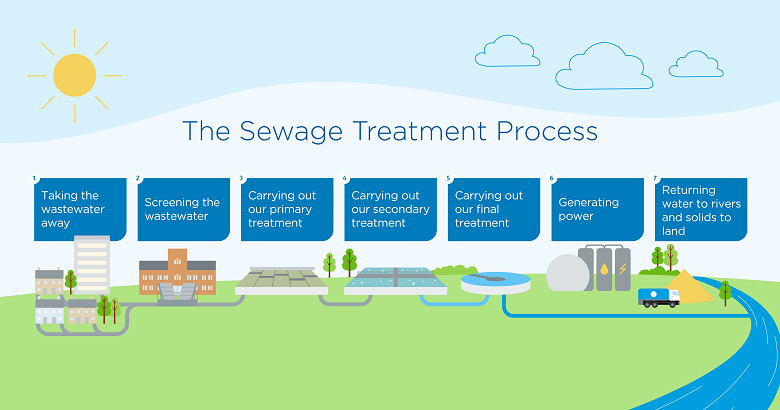Strategic Approaches to Improve Drainage Therapy Performance and Decrease Environmental Impact
In the world of drainage therapy, the pursuit for boosted efficiency and lowered ecological impact is a perpetual obstacle that requires calculated options. As culture grapples with the crucial to take care of water sources sustainably, a nuanced approach comes to be necessary. The combination of sophisticated treatment innovations, energy-efficient procedures, source recovery strategies, improved nutrient elimination methods, and smart tracking and control systems represents a complex framework for addressing these pressing issues. However, what lies at the core of this facility web of strategies is the prospective to reinvent the means we come close to waste water therapy, not just as a process of disposal, yet as a valuable opportunity for advancement and ecological stewardship.
Advanced Therapy Technologies
Innovative membrane filtering systems have actually revolutionized innovative wastewater treatment procedures, considerably enhancing the elimination of impurities. This technology has actually confirmed to be very efficient in eliminating a wide range of contaminants, consisting of drugs, hefty steels, and natural substances, which are typically challenging to eliminate through typical therapy methods.
Moreover, membrane layer purification systems provide various advantages over traditional therapy strategies. They require much less room, generate higher-quality effluent, and are extra resistant to fluctuations in influent water quality. Furthermore, these systems are highly functional and can be quickly incorporated into existing therapy plants or made use of as standalone devices for decentralized applications. As the demand for tidy water remains to climb, the adoption of innovative membrane filtering innovations is necessary to make certain sustainable and effective wastewater therapy methods.
Energy-Efficient Procedures
The assimilation of energy-efficient procedures in wastewater treatment systems is crucial for optimizing source application and decreasing operational costs. By applying energy-efficient technologies, therapy plants can considerably decrease their carbon footprint and overall ecological influence. One crucial technique to improving energy performance in wastewater treatment is the utilization of innovative aeration systems, such as great bubble diffusers or surface area aerators, which can enhance oxygen transfer efficiency and minimize energy intake. Furthermore, incorporating power recovery systems, like anaerobic food digestion for biogas manufacturing or utilizing excess heat for thermal procedures, can assist balance out energy requirements and advertise sustainability.
Additionally, maximizing process control and automation with the usage of sophisticated sensors and checking systems can enhance general energy efficiency by readjusting operations in real-time based upon real demand and conditions. Carrying out power audits and regularly checking energy efficiency indications are necessary methods to determine areas for improvement and track energy-saving campaigns properly. Overall, the adoption of energy-efficient processes in wastewater therapy not just profits the environment yet additionally adds to long-lasting cost financial savings and functional sustainability.
Source Recovery Strategies
With a focus on enhancing resource use and sustainability in wastewater treatment systems, the execution of source recovery strategies becomes an essential facet in improving operational performance. Resource recovery approaches in wastewater treatment involve the identification and extraction of valuable sources from the waste stream, therefore transforming what was when thought about waste right into a useful possession. By carrying out source healing strategies such as nutrient removal and healing, energy generation from raw material, and the production of reusable water, wastewater treatment plants can reduce environmental influence while optimizing performance.

Boosted Nutrient Elimination Techniques
Applying innovative nutrient elimination Clicking Here methods is crucial for maximizing the effectiveness of wastewater therapy systems. Improved nutrient elimination plays a crucial role in reducing the ecological effect of treated effluent released right into water bodies. Among the essential techniques used for improved nutrient removal is the process of biological nutrient elimination (BNR), which includes the removal of nitrogen and phosphorus through organic processes. This can be achieved through the use of specialized bacteria that can transform nitrogen compounds into inert nitrogen gas via denitrification, and gather phosphorus within their cells through a process called improved organic phosphorus elimination (EBPR)

Along with BNR, progressed treatment approaches such as membrane layer bioreactors (MBRs) and built wetlands can likewise be utilized to improve nutrient elimination effectiveness. MBRs use membranes to attain high-quality effluent requirements by properly eliminating nutrients and suspended solids. Constructed wetlands simulate natural wetland procedures to remove nutrients through plant uptake, microbial task, and sedimentation. By incorporating these advanced nutrient removal methods right into wastewater therapy systems, towns and markets can properly lower nutrient pollution and shield the atmosphere.
Smart Monitoring and Control Equipment
Making use of advanced modern technology, the assimilation of clever tracking and control systems transforms the operational performance of wastewater therapy centers. These systems include advanced sensing units and data analytics to continuously monitor crucial specifications such as pH degrees, turbidity, liquified oxygen, and circulation rates in real-time. By accumulating and evaluating this information, drivers can acquire beneficial understandings right into the performance of the therapy processes, allowing proactive modifications to maximize therapy effectiveness.
Smart monitoring and control systems likewise support remote monitoring capacities, allowing operators to accessibility real-time information and control features from Get More Information off-site locations. This remote availability improves functional flexibility and responsiveness, making it possible for quick treatments in instance of system breakdowns or changes in influent quality. Furthermore, the anticipating maintenance capabilities of these systems help avoid devices failings and decrease downtime, inevitably improving the total integrity of wastewater therapy procedures (Waste Water Treatment).
Final Thought
To conclude, calculated approaches such as innovative therapy innovations, energy-efficient processes, source healing strategies, enhanced nutrient removal strategies, and wise monitoring and control systems play an essential function in improving wastewater treatment performance and decreasing ecological effect. By carrying out these methods, wastewater treatment plants can enhance their total efficiency, lower energy intake, recoup useful resources, and make sure conformity with environmental regulations. These approaches are important for sustainable and efficient wastewater monitoring techniques.
In final thought, critical techniques such as sophisticated treatment innovations, energy-efficient procedures, resource recovery methods, enhanced nutrient removal techniques, and wise surveillance and control systems play an essential duty in boosting wastewater treatment effectiveness and minimizing ecological effect.